In the UK, medical device manufacturers must provide detailed documentation in English and other predominant languages, complying with regulations like the MDR 2017/745 and IVDR 2017/746. This ensures users understand instructions, maintain safety, and adhere to proper device usage across multilingual communities. Specialized translation services for Medical Device Manuals UK are crucial in this context, with translators required to have expert knowledge of medical terminology and the ability to interpret technical content accurately. These services must go beyond mere translation, incorporating cultural adaptation to ensure that instructions resonate with the target audience. A systematic approach involving a tailored glossary, regular training for translation teams, and engagement with providers who adhere to ISO 17100 standards are essential for maintaining consistency and compliance in medical device documentation. This meticulous process not only upholds patient safety but also supports optimal clinical outcomes and the high standards of the UK's medical device industry.
navigating the complexities of UK compliance standards for medical device manuals is paramount for manufacturers aiming to operate within the British market. This article delves into the essential aspects of aligning your device manuals with these stringent regulations, emphasizing the critical role of precise translations in this process. We explore the nuances of translation services for Medical Device Manuals UK, highlighting key elements and legal obligations for multilingual documentation compliance. From selecting a reliable service provider to ensuring technical accuracy and cultural relevance in translations, this guide provides actionable strategies to maintain consistency across all languages involved. Join us as we examine a case study that exemplifies successful UK compliance with medical device manual translations.
- Understanding UK Compliance Standards for Medical Device Manuals
- The Role of Accurate Translations in Compliance
- Navigating Language Requirements: Translation Services for Medical Device Manuals UK
- Key Elements of Medical Device Manual Translations in the UK Context
- Legal Obligations for Multilingual Medical Device Documentation in the UK
- Selecting a Reliable Translation Service Provider for Medical Device Manuals
- The Importance of Technical Accuracy and Cultural Relevance in Translations
- Strategies for Maintaining Consistency Across Multiple Languages
- Case Study: Successful UK Compliance with Medical Device Manual Translations
Understanding UK Compliance Standards for Medical Device Manuals
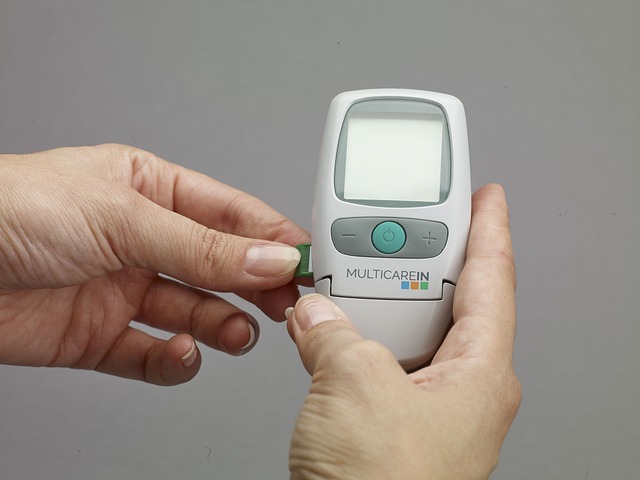
When developing manuals for medical devices intended for the UK market, compliance with the country’s stringent regulatory standards is paramount. The UK’s Medicines and Healthcare products Regulatory Agency (MHRA) sets out specific guidelines that these manuals must adhere to. These include clear instructions on the use, maintenance, and safety of the device, written in a manner understandable to healthcare professionals and patients alike. A critical aspect of compliance is ensuring that all documentation is accessible in both English and any other language required within the UK’s multicultural landscape. To navigate this requirement effectively, translation services for Medical Device Manuals UK play an indispensable role. These specialized services ensure that translations are not only accurate but also reflect the regulatory nuances specific to the UK, thereby upholding the integrity and safety of medical devices for all users. It is essential for manufacturers to partner with experienced translation providers who possess a comprehensive understanding of both the language and the regulatory environment in which these devices operate. This step guarantees that the manuals not only meet the legal requirements but also provide clear and reliable guidance, contributing significantly to the safe and effective use of medical devices across the UK.
The Role of Accurate Translations in Compliance
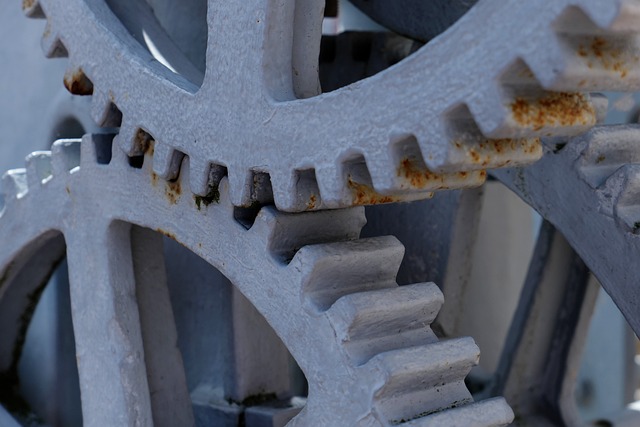
When navigating the complexities of ensuring medical device manuals comply with UK regulations, the precision of translation services becomes paramount. Accurate translations are not merely a matter of linguistic equivalence; they are integral to the safety and efficacy of medical devices for users across the UK. Compliance with standards such as the Medical Devices Regulation (MDR) 2017/745 requires that user manuals be accessible and clearly understandable in English and any other language used by patients or healthcare professionals within the UK. This is where specialized translation services for medical device manuals play a crucial role. These services ensure that all necessary information, including safety warnings, usage instructions, and maintenance guidelines, is accurately translated and conveys the exact meaning intended by the original document. The reliability of such translations hinges on the expertise of professionals who are not only adept in the source and target languages but also well-versed in medical terminology and regulatory requirements. By adhering to these stringent standards, translation services for Medical Device Manuals UK guarantee that manufacturers comply with legal obligations, thereby upholding patient safety and fostering trust in medical devices on the market.
Navigating Language Requirements: Translation Services for Medical Device Manuals UK

When manufacturing or distributing medical devices in the UK, compliance with language requirements is paramount to ensure patient safety and adherence to regulatory standards. The Medical Devices Regulation (MDR) 2017/745 and the In Vitro Diagnostic Regulation (IVDR) 2017/746 set stringent guidelines for device manuals, including accessibility in English and other EU languages where applicable. This is where professional translation services for Medical Device Manuals UK come into play. These services offer linguistic expertise tailored to the medical device industry, ensuring that all necessary information is accurately translated and meets the required compliance standards. By leveraging specialized translators with a deep understanding of both language nuances and medical terminology, companies can confidently provide clear, precise, and compliant manuals for their devices. This not only facilitates better communication between manufacturers and users but also ensures that healthcare providers and patients receive vital information in a language they fully understand, thereby enhancing the safe use of these critical medical products. The translations must convey all safety instructions, maintenance protocols, and product specifications without ambiguity, which is why professional translation services are not just a recommendation but a necessity for any company operating within the UK’s medical device sector. With the stakes as high as they are, choosing the right service provider with expertise in this specialized field is crucial for maintaining regulatory compliance and safeguarding end-users.
Key Elements of Medical Device Manual Translations in the UK Context
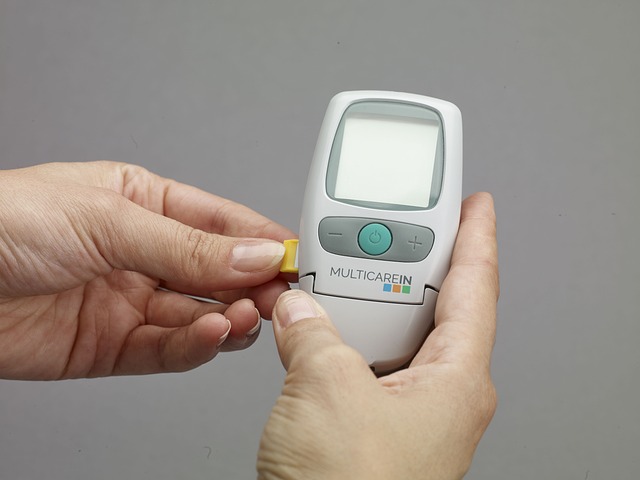
When navigating the complexities of translating medical device manuals for the UK market, adherence to specific compliance standards is paramount. Translation services for Medical Device Manuals in the UK must ensure that all translated content aligns with the stringent requirements set forth by the Medicines and Healthcare products Regulatory Agency (MHRA) and the European Medicines Agency (EMA). This includes not only accurate linguistic translation but also precise technical terminology, which is essential for user safety and regulatory compliance. The translations must reflect the original manual’s intent and convey all necessary instructions, safety information, and usage guidelines in the target language with clarity and precision.
Moreover, translators specializing in medical device manuals must be well-versed in the Medical Device Regulation (MDR) 2017/745 and the In Vitro Diagnostic Regulation (IVDR) 2017/746. These regulations dictate the necessary information that must be included in each manual, ensuring that users across the UK can understand and follow the instructions safely and effectively. Utilizing professional translation services for Medical Device Manuals UK that are well-acquainted with these legal frameworks ensures that the translated manuals will facilitate proper use of medical devices and contribute to the safety and efficacy of healthcare products in a diverse linguistic environment.
Legal Obligations for Multilingual Medical Device Documentation in the UK
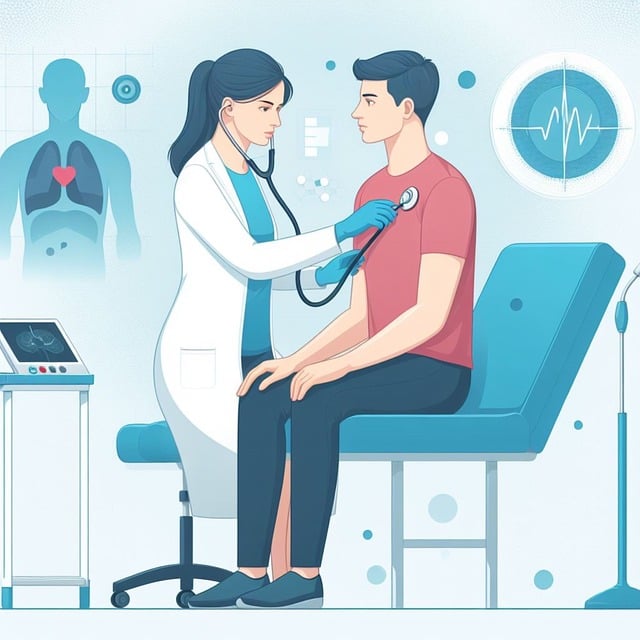
In the UK, medical device manufacturers are legally obligated to provide comprehensive documentation that accompanies their products. This documentation is crucial for users to understand how to safely use and maintain medical devices, ensuring patient safety and regulatory compliance. For devices intended to be sold or used within the United Kingdom, it is imperative that all necessary information, including instructions for use, safety warnings, and technical specifications, are available in both English and the languages of any substantial patient populations. This requirement is not merely a best practice but a legal mandate under the Medical Devices Regulation (MDR) and the In Vitro Diagnostic Regulation (IVDR), which dictates that such documentation must be provided in a language that users can understand.
Given the diverse linguistic landscape of the UK, translation services for Medical Device Manuals UK play a pivotal role in ensuring compliance with these regulations. These services not only facilitate clear communication but also demonstrate a commitment to patient safety and regulatory adherence. Manufacturers must engage with professional translation services that specialize in the medical field to guarantee accuracy, precision, and relevance of the translated content. The translations must reflect the exact meaning of the original text, considering both the technical language used in medical devices and the nuances of each target language. This level of attention to detail is essential for manufacturers to navigate the complex legal landscape and avoid potential penalties or product recalls due to non-compliant documentation.
Selecting a Reliable Translation Service Provider for Medical Device Manuals
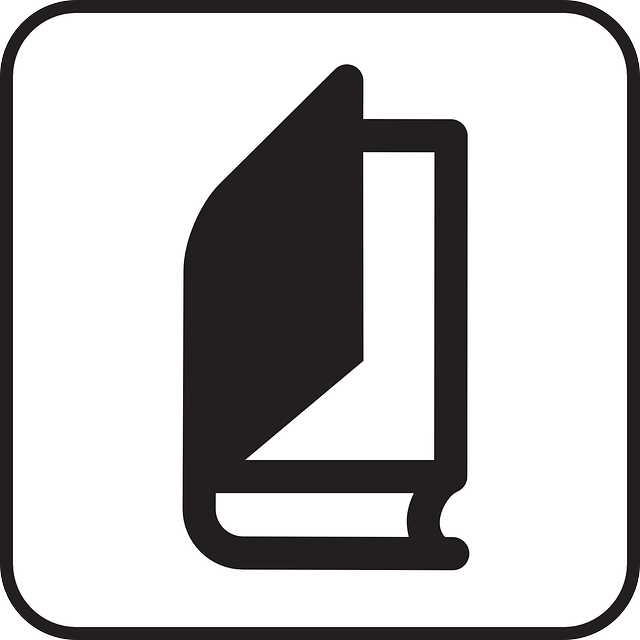
When navigating the intricate requirements for medical device manuals in the UK, selecting a reliable translation service provider is paramount. The translations must not only accurately convey technical information but also comply with stringent regulatory standards, such as those set forth by the Medicines and Healthcare products Regulatory Agency (MHRA). A translation service specializing in medical device documentation will possess expertise in both linguistic nuances and the complex regulatory environment. It’s crucial to opt for providers with a proven track record in the healthcare sector, ensuring their translations adhere to the Medical Device Regulation (MDR) 2017/745 and In Vitro Diagnostic Regulation (IVDR) 2017/746. These regulations are critical as they guarantee that medical device manuals are understandable by users, thereby maintaining patient safety and facilitating the proper use of devices across diverse linguistic communities within the UK.
In your search for a translation service provider for medical device manuals in the UK, consider their familiarity with both the language specifics and the technical terminology inherent to medical devices. A provider that offers certification for compliance with ISO standards, such as ISO 17100 for translation services in the healthcare sector, is a strong indicator of their reliability. Additionally, ensure they have a clear process for handling revisions and are responsive to feedback to maintain the highest quality of translations. By doing so, you can be confident that your medical device manuals will meet both the linguistic needs of users and the UK’s compliance standards.
The Importance of Technical Accuracy and Cultural Relevance in Translations

When navigating the intricate world of medical device manuals in the UK, precision and cultural sensitivity are paramount, especially when translating these materials for a diverse audience. Technical accuracy takes precedence as any discrepancies or errors can have significant implications for user safety and regulatory compliance. Translation services for Medical Device Manuals UK must possess a deep understanding of medical terminology and the specific language used within technical documentation. This ensures that all nuances, from procedural steps to safety warnings, are accurately conveyed.
Moreover, cultural relevance is equally crucial in translation processes. A successful translation does not merely replace words from one language to another; it also adapts content to resonate with the target audience’s cultural context. This adaptation is critical in medical devices, where understanding user behaviors and preferences can impact how a device is used and perceived. By considering both linguistic precision and cultural sensitivity, translation services for Medical Device Manuals UK contribute to enhancing patient safety, improving clinical outcomes, and ensuring compliance with stringent UK standards such as the Medical Devices Regulation (MDR) 2017/745. This dual focus on technical accuracy and cultural relevance is essential in safeguarding the integrity of medical device manuals for users across the UK.
Strategies for Maintaining Consistency Across Multiple Languages
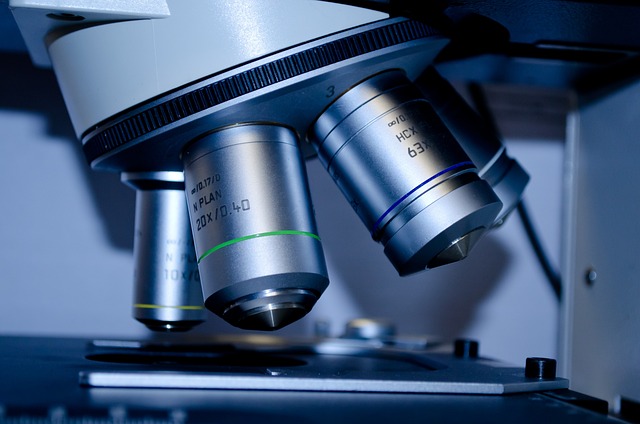
To maintain consistency across multiple languages in translation services for medical device manuals within the UK compliance standards framework, it is imperative to establish a robust and systematic approach. A primary strategy involves creating a centralized glossary of terms that are specific to medical devices, ensuring that each term is accurately translated and consistently used across all languages. This glossary acts as a reference point for translators, who must be native speakers or possess equivalent language proficiency, to guarantee precision in terminology that adheres to regulatory requirements. Additionally, regular training sessions for translation teams are crucial to keep them updated on the latest compliance standards and best practices. These sessions also help in harmonizing the interpretation of complex medical terms and phrases that may have different connotations across languages. Implementing translation memory software is another effective method to maintain consistency. Such software stores previously translated content, which can then be reused, thereby ensuring that translations are consistent over time and across documents. Furthermore, having a dedicated team responsible for quality assurance checks provides an additional layer of oversight to ensure that all translations meet the necessary UK compliance standards before publication. This collaborative effort between specialized translators and meticulous quality assurance professionals is key to delivering medical device manuals in multiple languages that are both accurate and consistent, thereby upholding the integrity and safety of the information provided to users.
Case Study: Successful UK Compliance with Medical Device Manual Translations
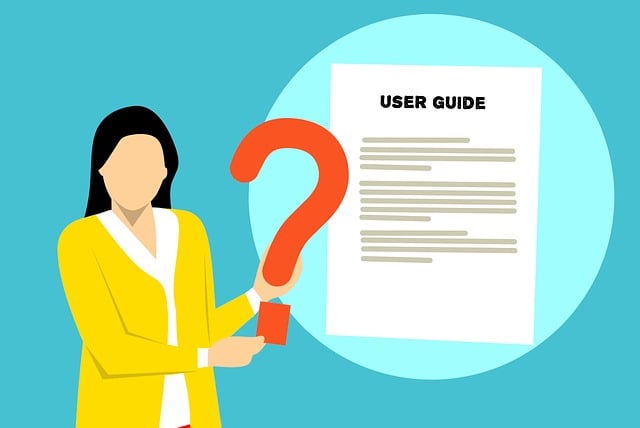
When navigating the complexities of medical device manual translations in the UK, adherence to compliance standards is paramount. A case study that exemplifies successful compliance involves a leading medical device company that faced the challenge of ensuring their device manuals were accessible and compliant for a diverse patient population across the UK. Recognising the linguistic diversity within the country, the company sought specialized translation services tailored for Medical Device Manuals UK. By partnering with a reputable language service provider, they managed to translate their instructional materials into multiple languages, including British English variations and other languages commonly spoken by patients in the UK.
The translation services employed were not just about word-for-word conversion; they were meticulously crafted to convey precise medical terminology, safety instructions, and usage guidelines that were consistent with UK regulatory requirements such as the Medical Devices Regulation (MDR) 2017/745. This attention to detail and adherence to compliance standards ensured that users of medical devices could understand and safely operate their equipment. The company’s commitment to clear communication through professional translation services for Medical Device Manuals UK led to an increase in user confidence and compliance with safety protocols, demonstrating the critical role such translations play in the healthcare sector.
In conclusion, adhering to UK compliance standards for medical device manuals is a multifaceted process that hinges on precise translations and a deep understanding of the legal requirements for multilingual documentation. The article has outlined the critical steps necessary to ensure that your medical device manuals meet these stringent standards. From grasping the nuances of UK compliance to selecting a reliable translation service provider, such as those offering expert services for Medical Device Manuals UK, it is clear that attention to detail and cultural sensitivity are paramount. By implementing strategies that maintain consistency across various languages and emphasizing technical accuracy, medical device companies can navigate the complexities of language requirements with confidence. The case study provided demonstrates the successful outcomes achievable when these guidelines are closely followed, underscoring the importance of compliance in the medical device industry. Ensuring your device manuals align with UK regulations not only safeguards patient safety but also opens up avenues for global market penetration, positioning your company as a trustworthy and compliant provider of medical devices.
